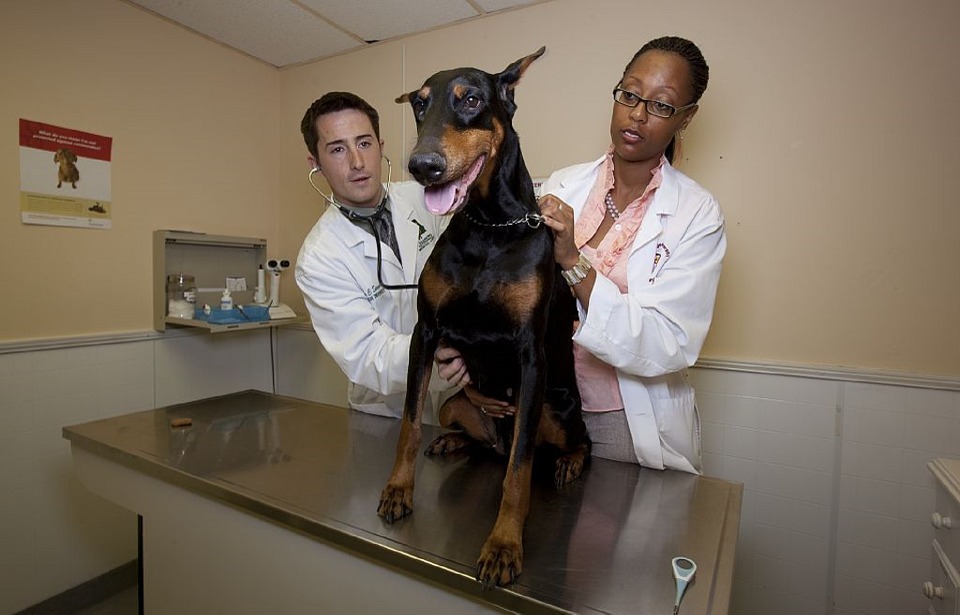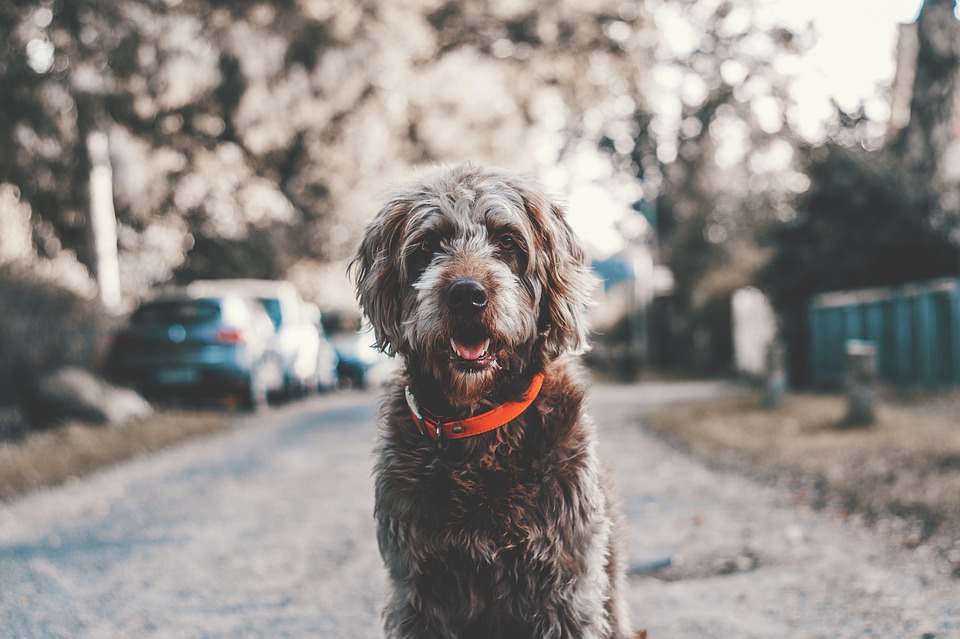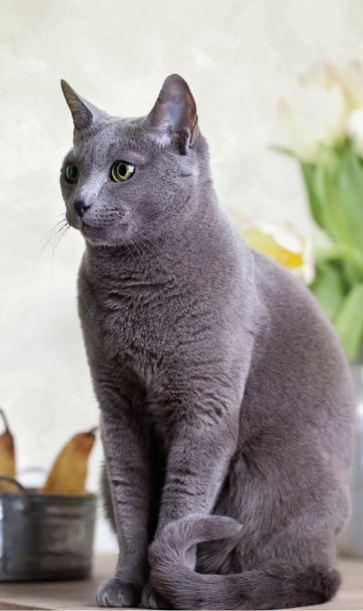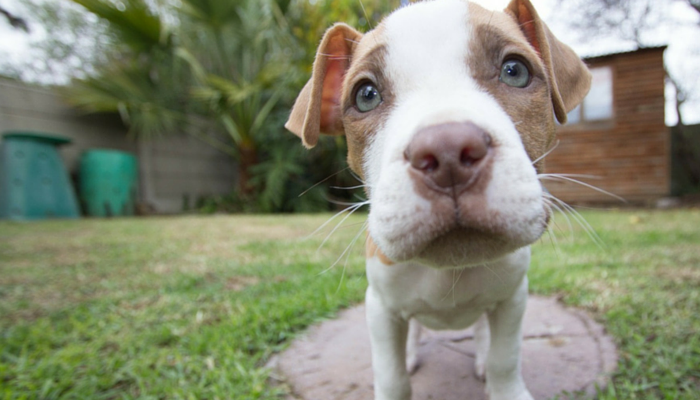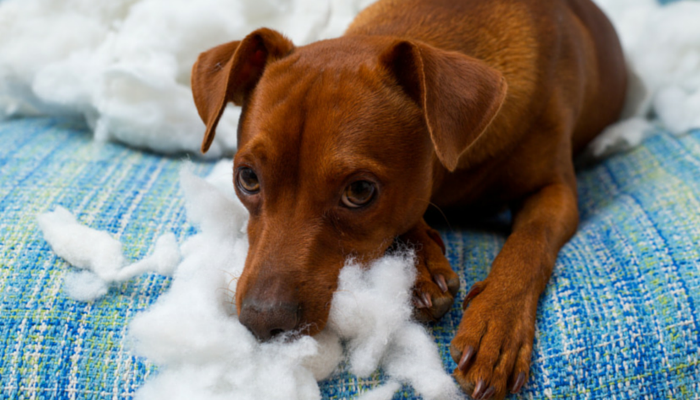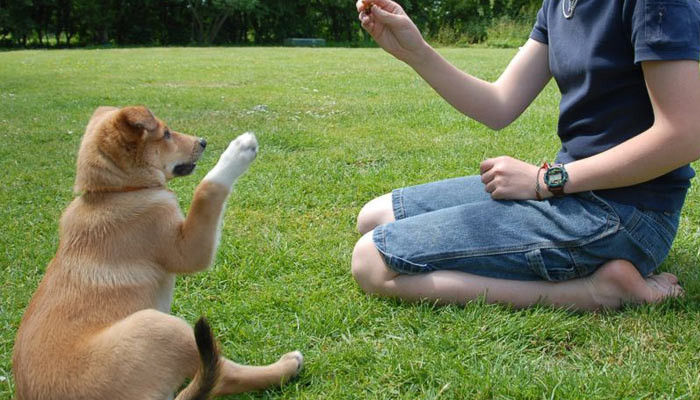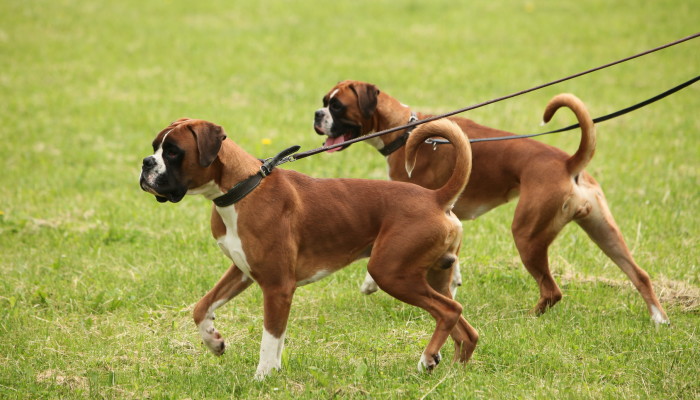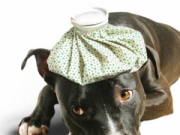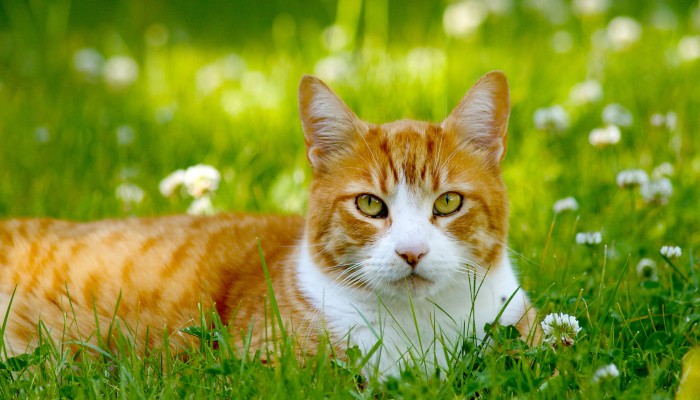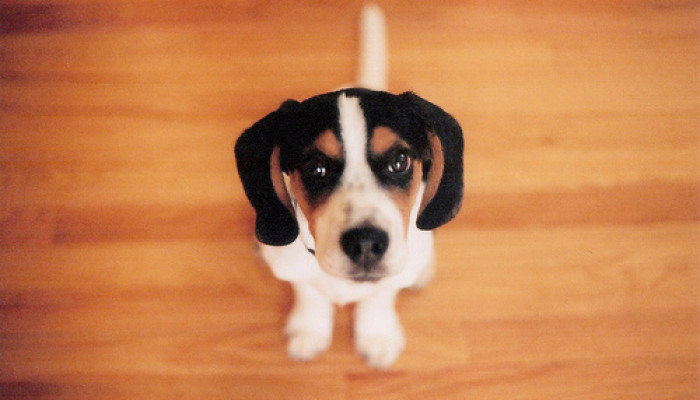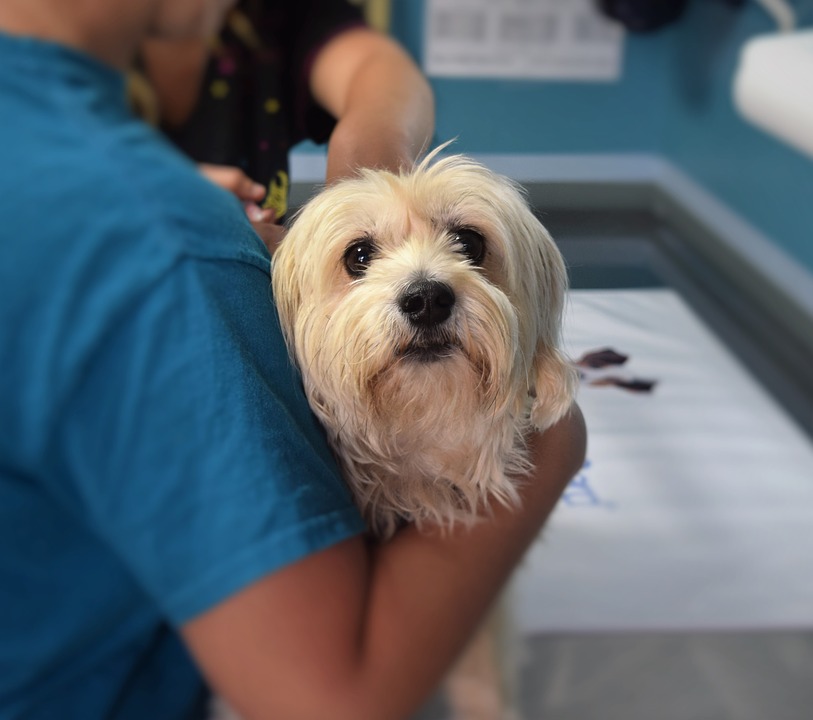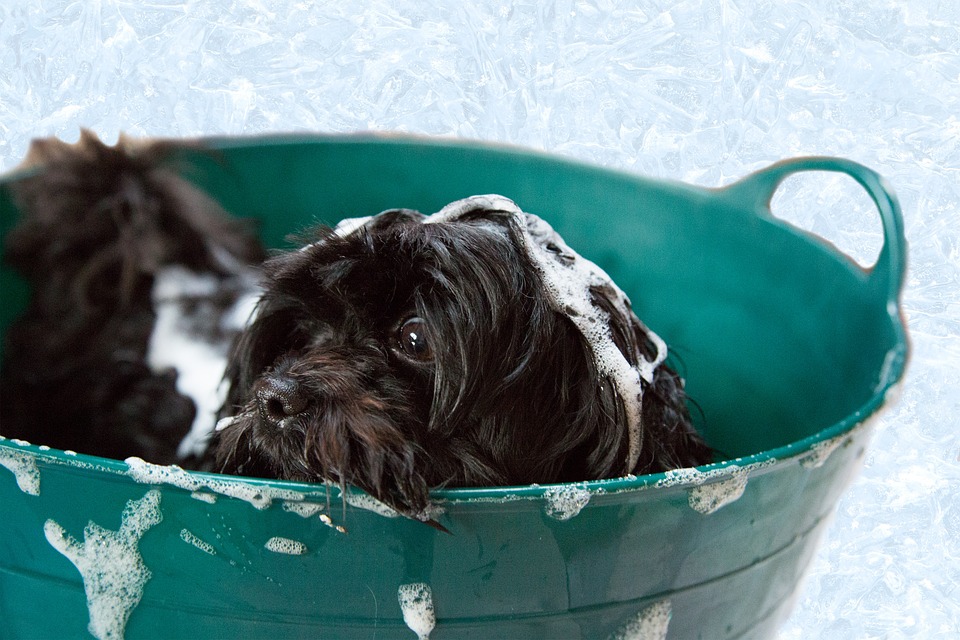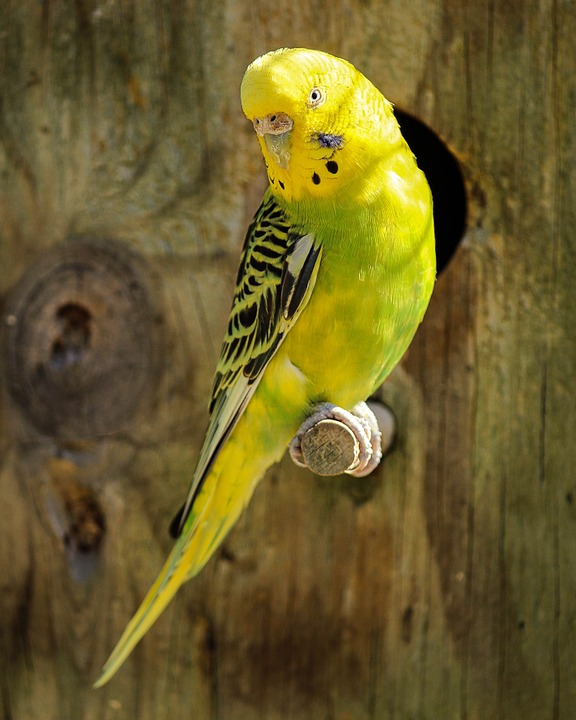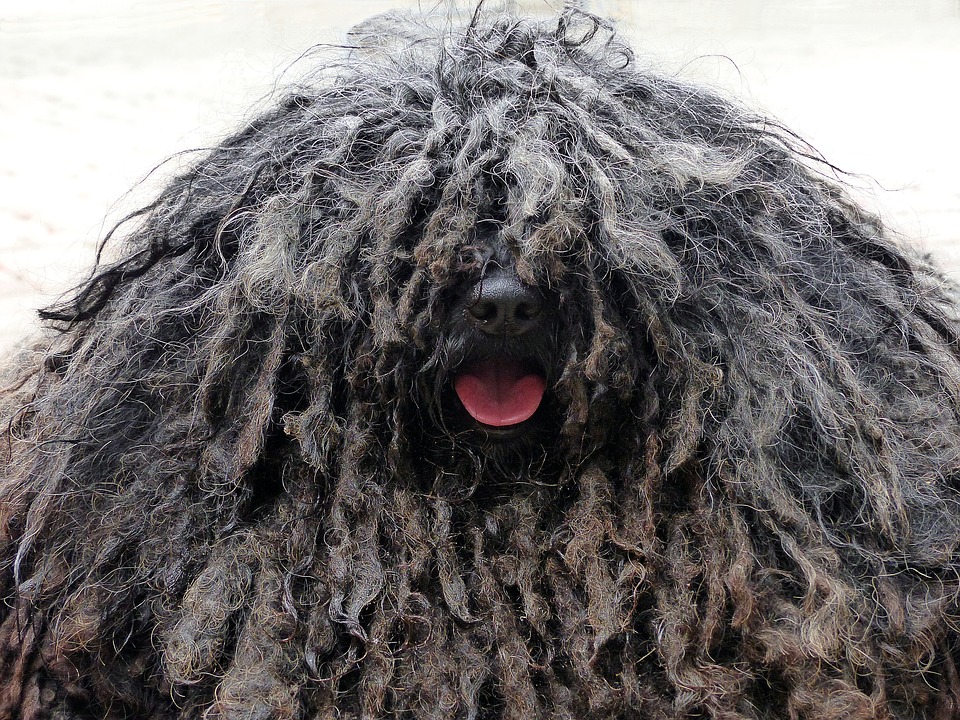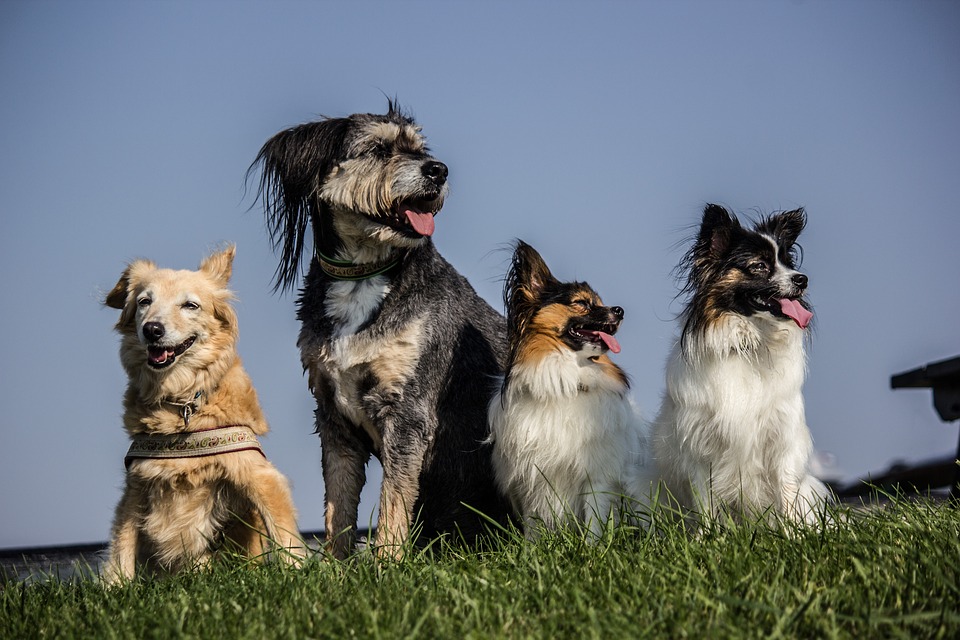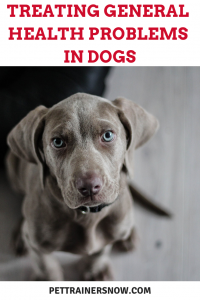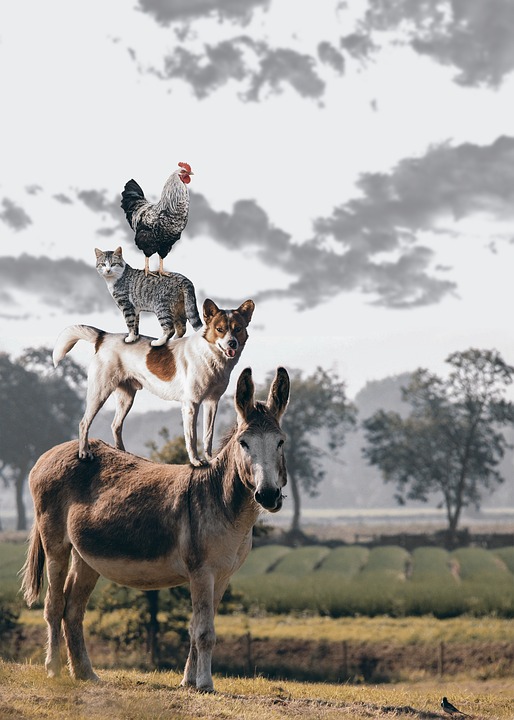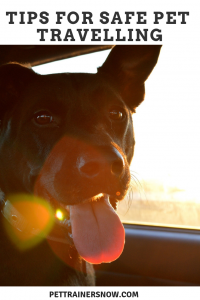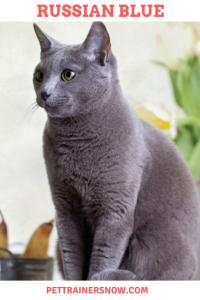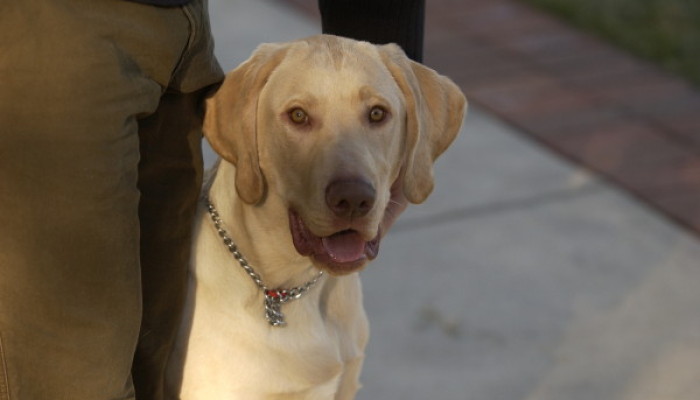General Health Problems In Dogs
If you have a dog, health problems are no stranger to your household. They need not only be of the doggy variety either. By the very fact of having a dog, you open up your home to an abundance of different little health problems. Some of them might not be so bad, but for the most part, if you have a dog, health problems will arise. You just can’t stop that.
It’s as natural as breathing, and although you might take steps to prohibit this, there’s only so much that you can do, and so many germs and bacteria that you can fight. And for the most part, you would be successful, but there will still be invisible bugs lingering around the house. You might not even realize this, and you might not even realize when they do strike out at you. But rest assured that it will happen.
And that’s not all if you have a dog, health problems of the canine variety will also arise as your dog will also get sick from time to time, and you will need to take care of him as well. The best way to start is by getting the right shots for your dog as soon you get him, and giving him a thorough check-up at the same time. You can’t stop there however and will need to keep up the shots and the check-ups on a regular basis. Your veterinarian can tell you how often you will need to bring in your dog. And your vet can also tell you what you need to do to keep your dog healthy.
P.S. Keep these tips handy for your board by pinning this! Thanks!
Brushing his coat daily is an excellent way to get a shiny coat. If your dog’s coat starts to lose its luster, then you know that your dog has health problems and you shouldn’t wait very long to get him treatment. You should make an appointment with the veterinarian as soon as possible to see about proper treatment.
Then there’s always doggy biscuits that are like toothbrushes and will keep your dog’s mouth clean and fresh. Regular cleaning will also help to ward off whatever health problems your dog may occur otherwise. Feeding him a balanced diet will be the best way to keep him healthy. Don’t give your dog any of the junk food and stay away from the chocolates. They’re poison to your dog’s health problems and will multiply if you ignore this.
If you own a dog, health problems will arise, you can’t get away from that fact, but there are a few things that you can do to avert mishaps. As long as you understand, there’s nothing you can do to eliminate the germs and bacteria that are sure to arise and take action accordingly, you and your dog should get along just fine.

